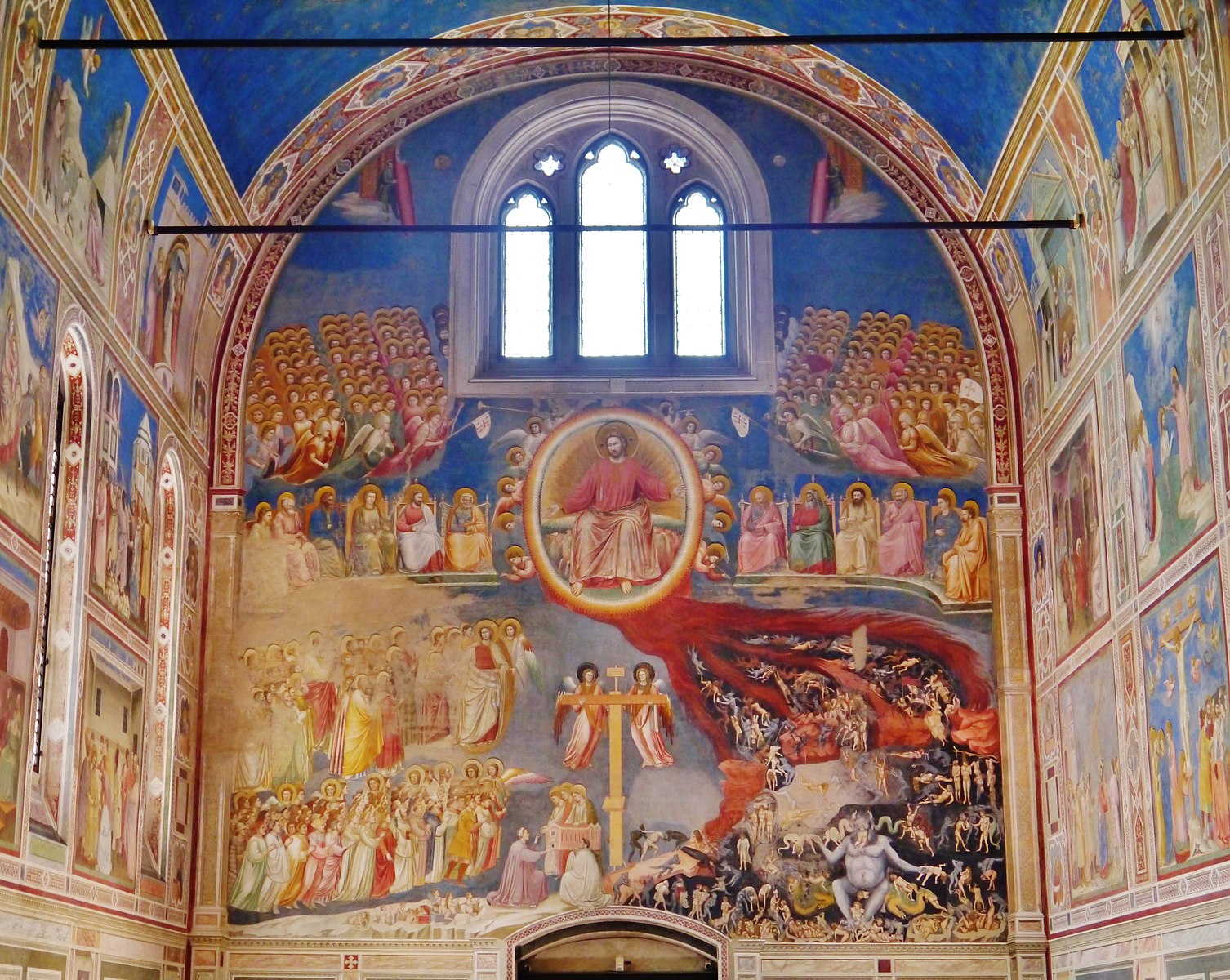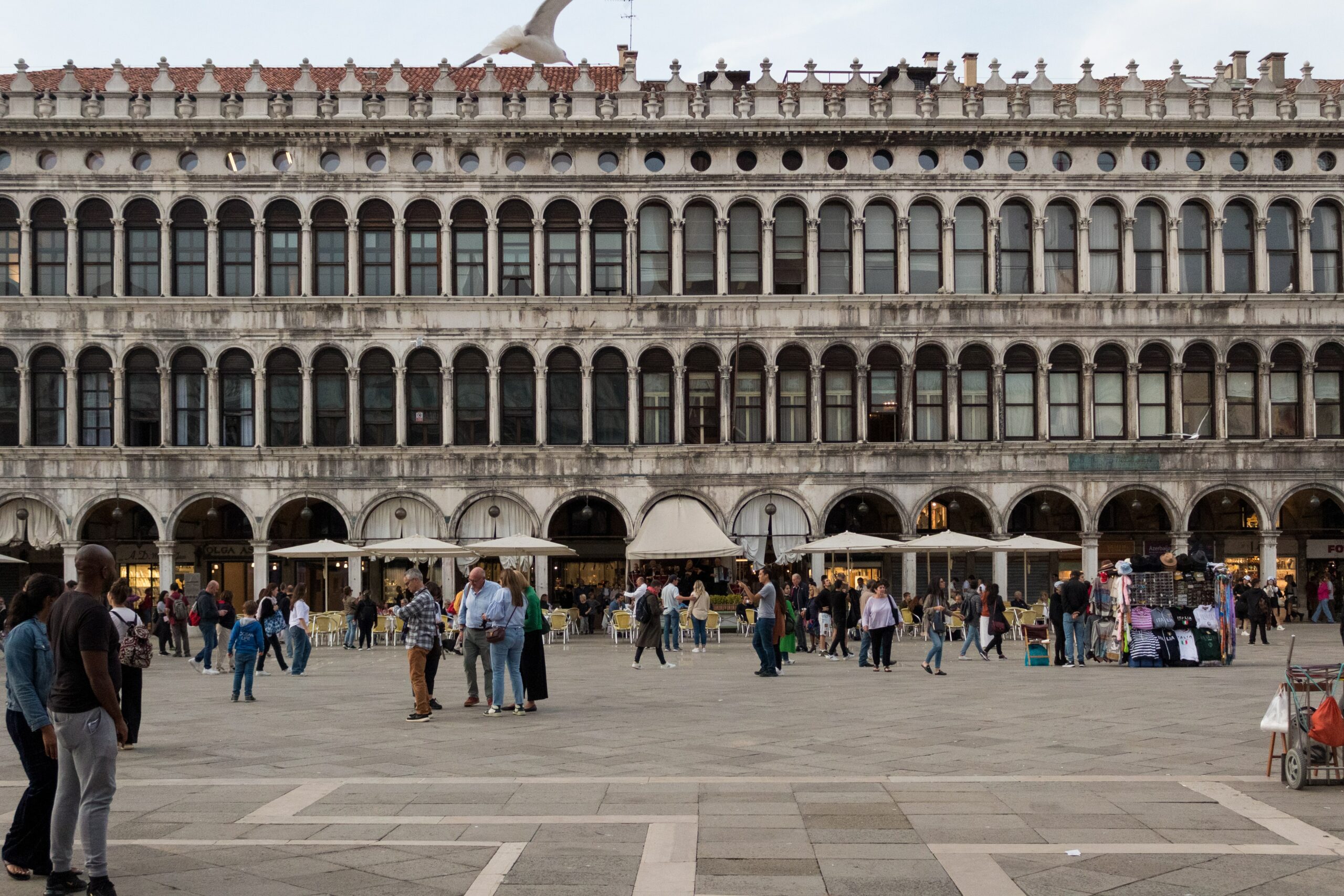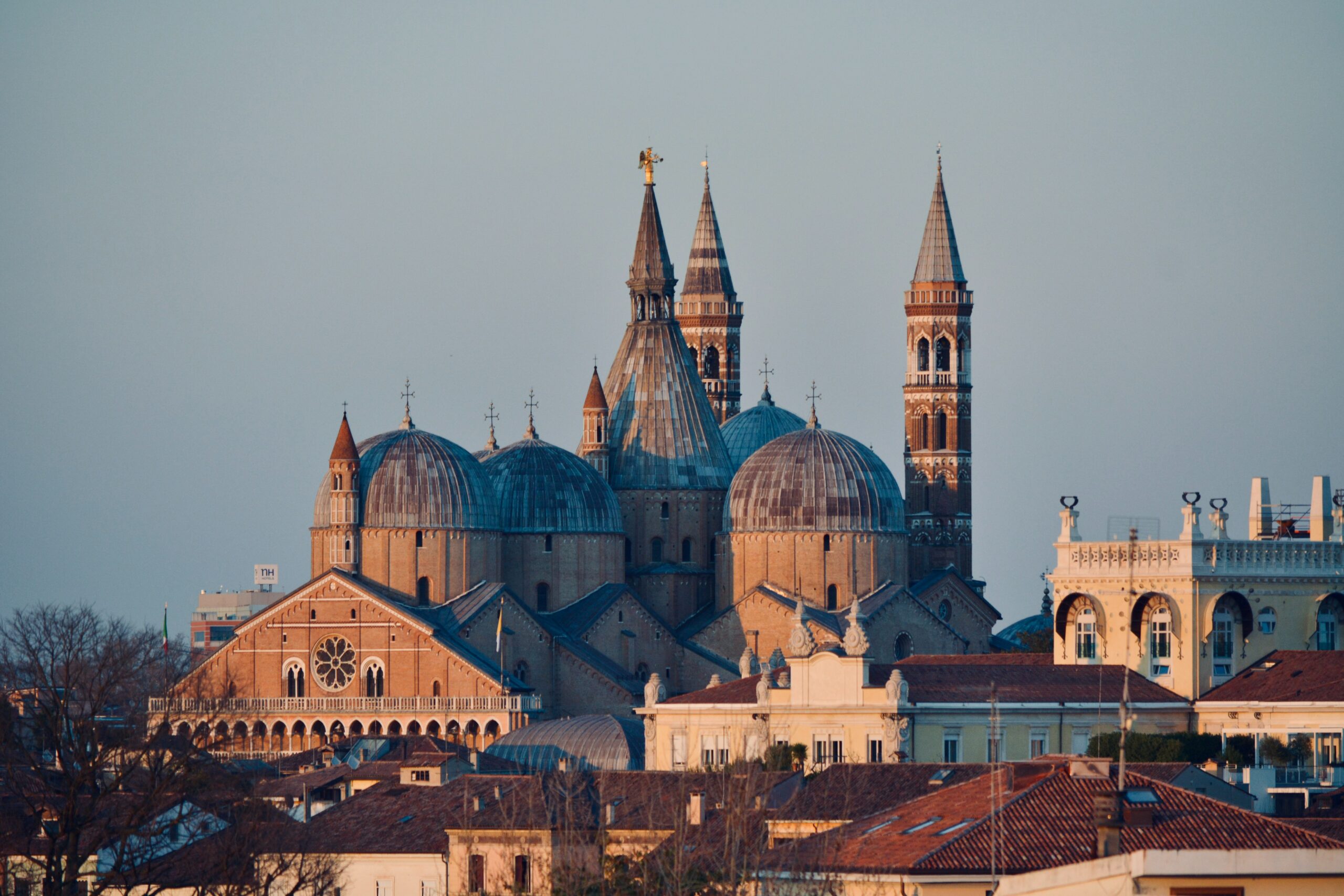Padua
What to do
A lively capital is a must-see for visitors to the Veneto region, Padua is a city rich in artistic and cultural beauty. A journey for visitors between past, present and millennial traditions. The city retains numerous traces of its past,it was one of the most important cultural capitals during the 300s.
SCROVEGNI CHAPEL

The Scrovegni Chapel is an absolute jewel of art. Built by Enrico Scrovegni and frescoed by Giotto, it represents the profound revolution that the painter brought to western art. The cycle of frescoes covers the entire surface of the Chapel and narrates numerous stories from the Old and New Testaments. Among the paintings is the Last Judgement in which Giotto expresses the geometric definition of space. The ceiling of the vaults is a starry blue mantle, while Mary, Christ and the Prophets are depicted in the roundels. Majestic is the sculptural group in the chancel, the Madonna and Child by the sculptor Giovanni Pisano. The chapel is a UNESCO World Heritage Site from 2021.
PALAZZO DELLA RAGIONE

Palazzo della Ragione called Salòn is the former seat of the city courts of Padua. This building represents one of the largest covered rooms in Italy at 82 meters long and 27 meters wide. The great hall is decorated with a cycle of frescoes by the Paduan master Nicolò Miretto with the collaboration of Stefano de Ferrara. This is divided into 333 panels and takes place in three overlapping bands and is one of the very rare medieval astrological cycles. The Vituperio stone and the large wooden horse that was donated by the Capodilista family are preserved in the hall, in addition there are also numerous clocks, sundials and instruments for measuring time.
BASILICA OF ST ANTHONY

The Basilica of St Anthony, known as ‘the Saint’, is an important religious centre. The Basilica, begun in 1232 to house the friar’s tomb, stands on the site where there was already a church incorporated within the basilica itself. The exterior is a structure in which different styles merge, from Romanesque to Byzantine to Moorish. What attracts attention is the roof composed of eight lead-clad Byzantine domes and two slender bell towers reminiscent of Islamic minarets. Inside, there are numerous statues and decorations of the highest quality, including the high altar by Donatello, which is one of the landmarks of the Italian Renaissance

